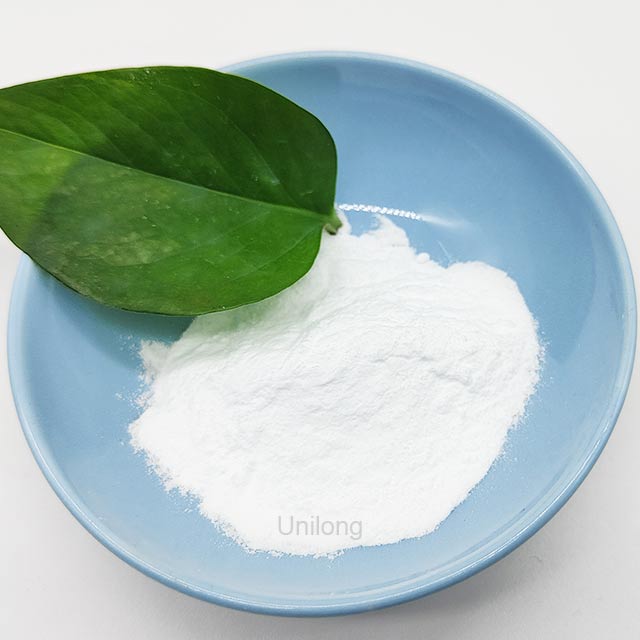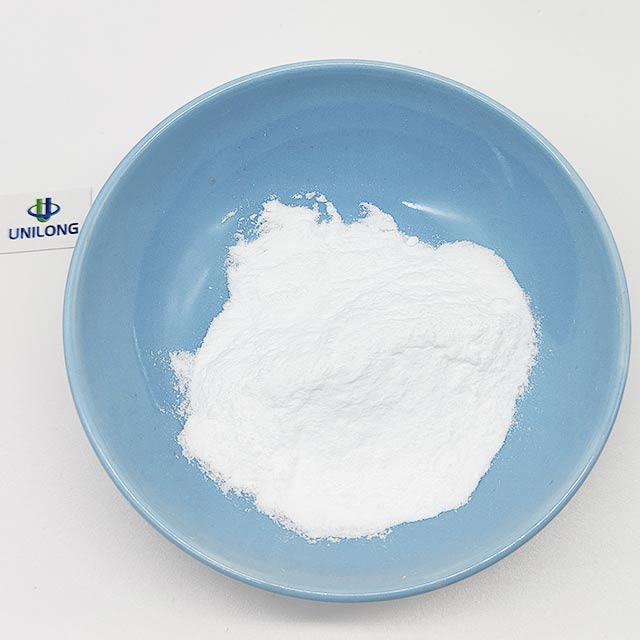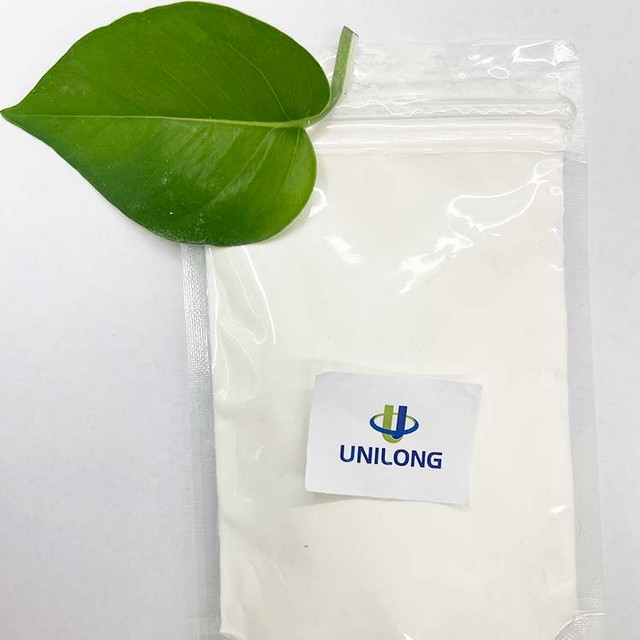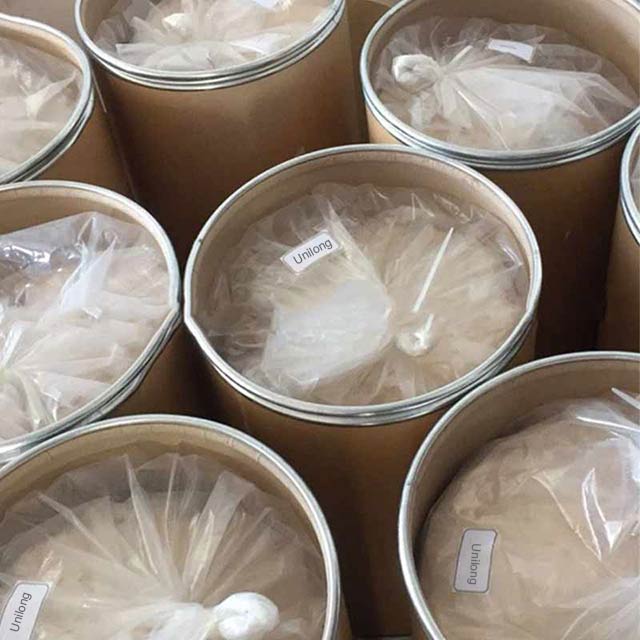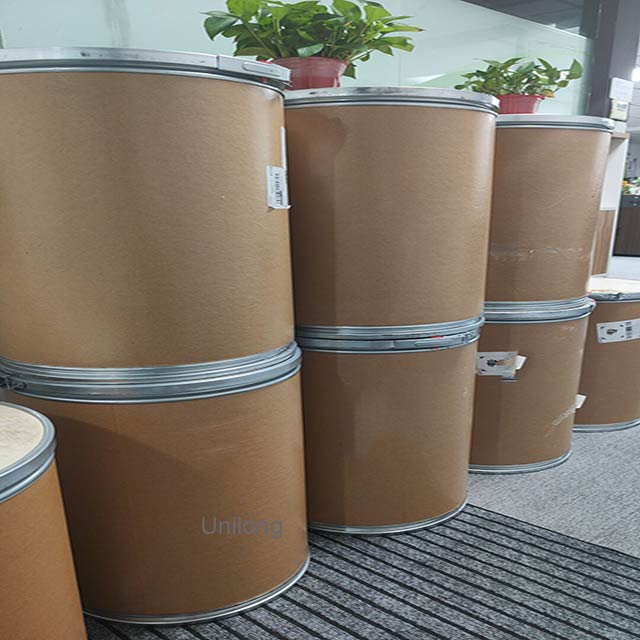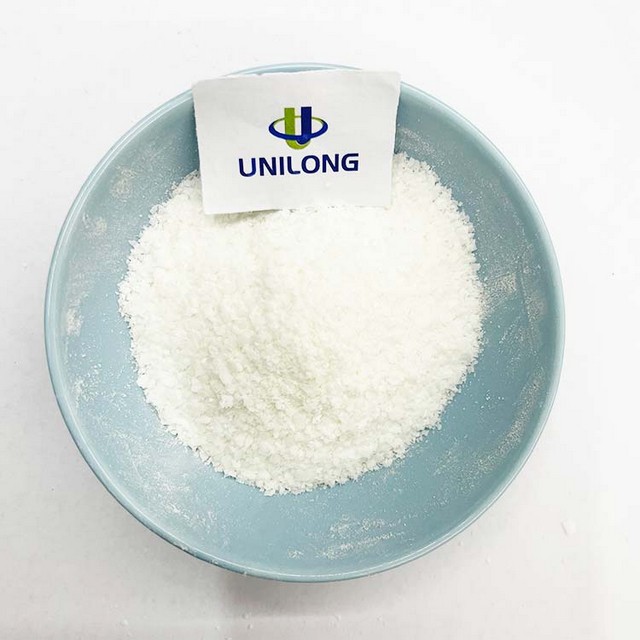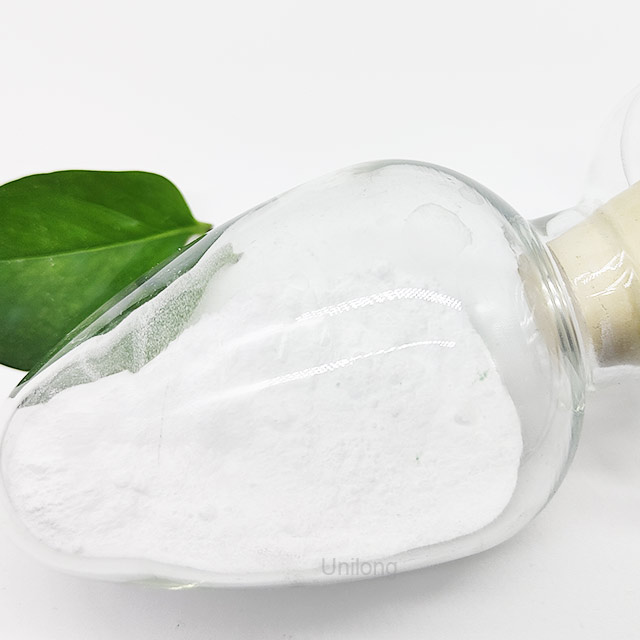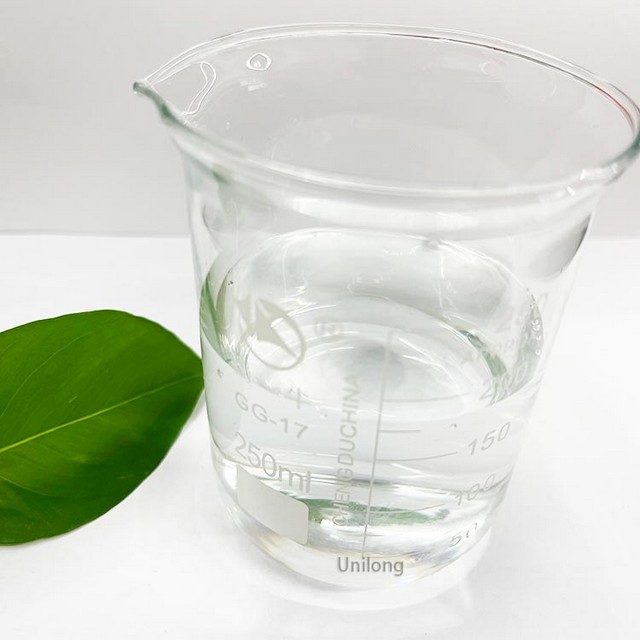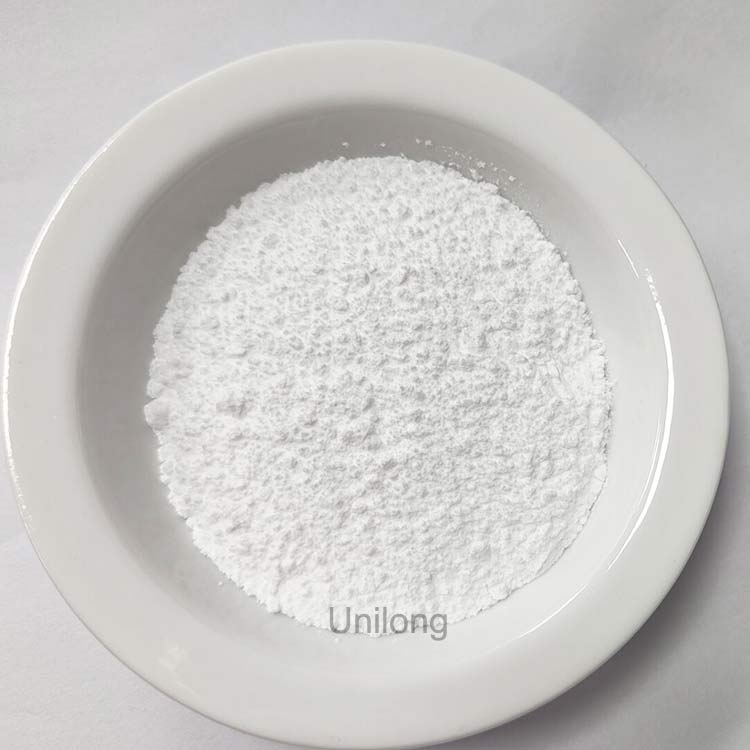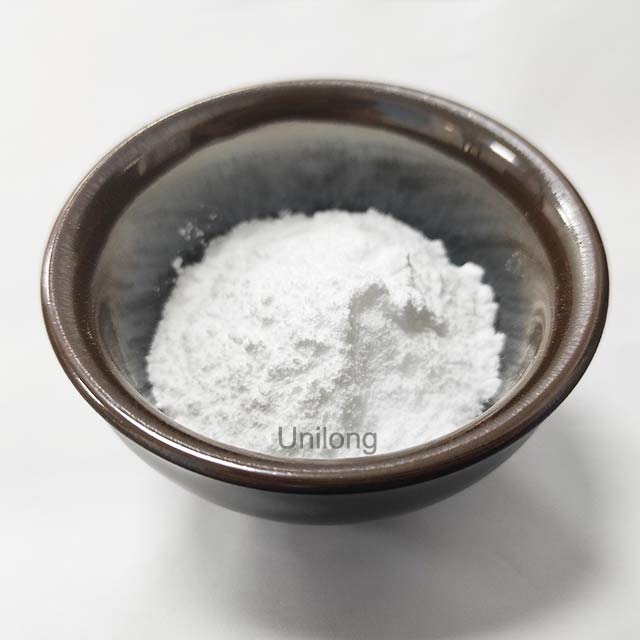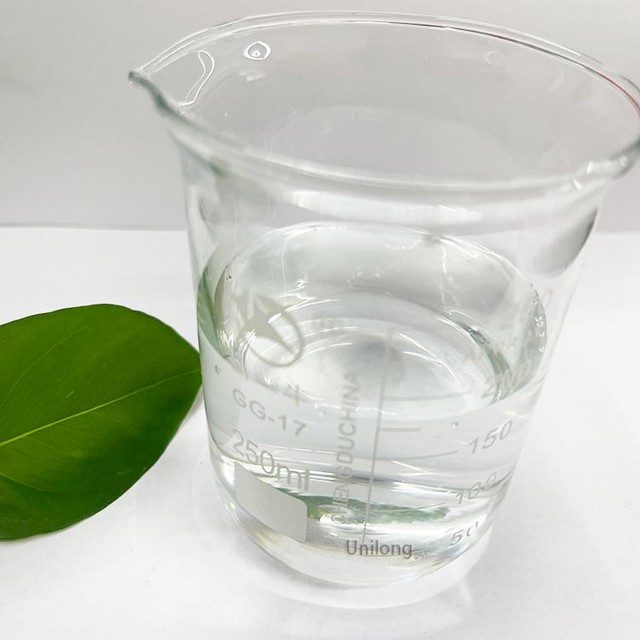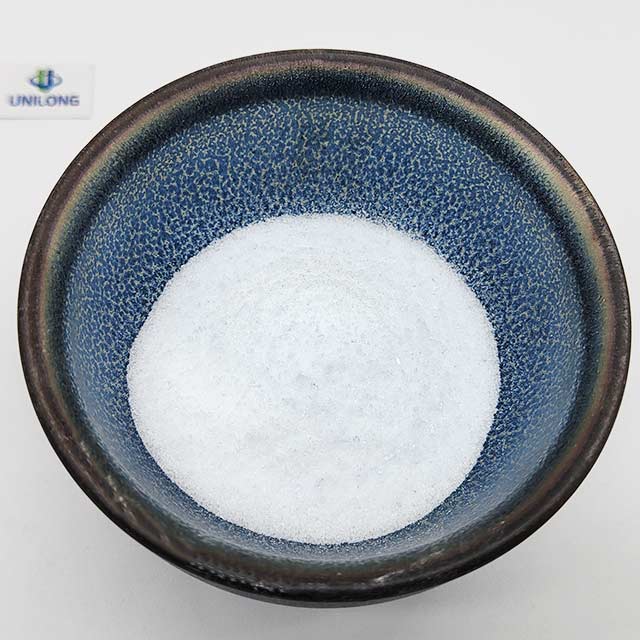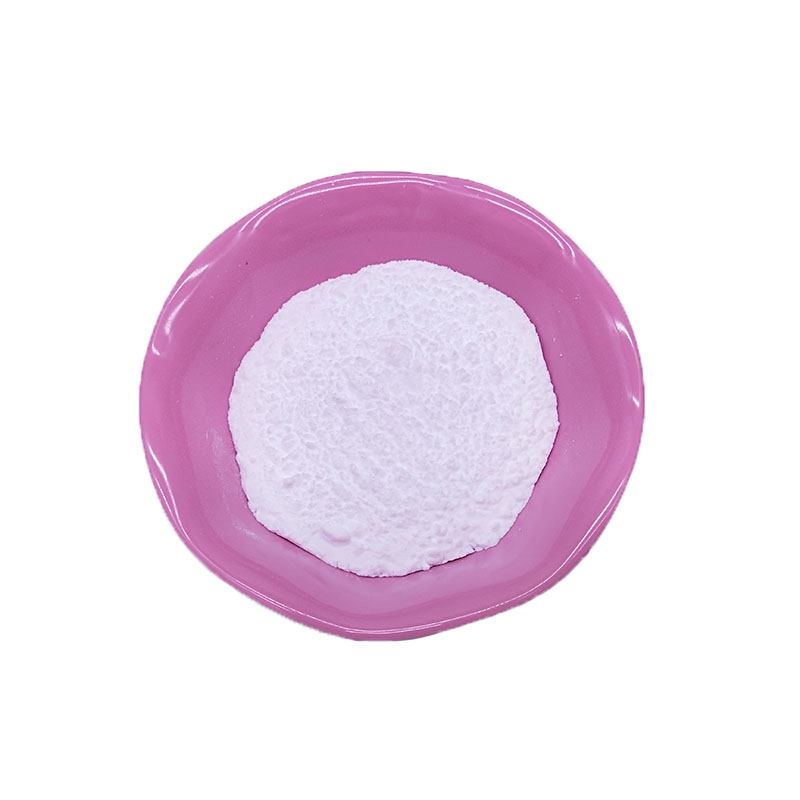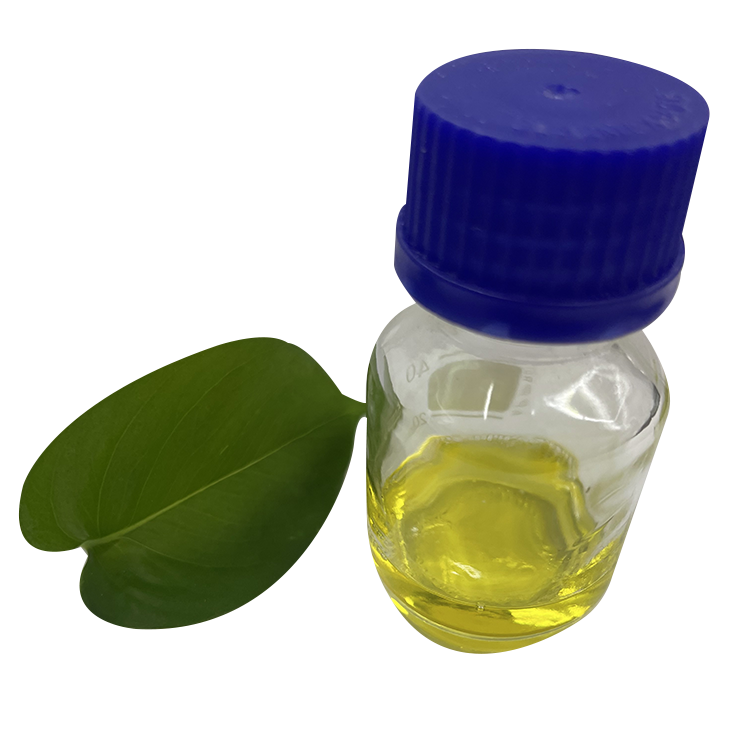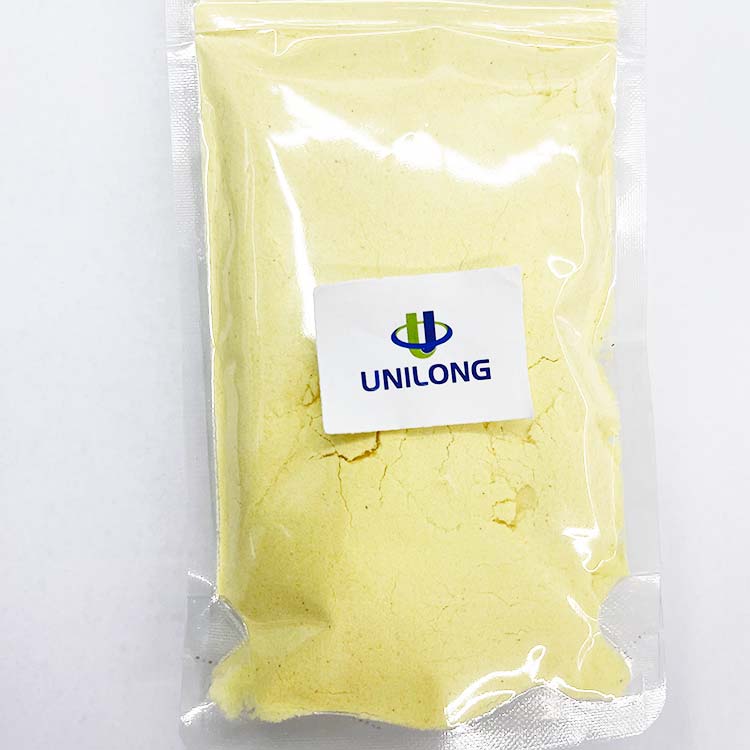What is Zinc glycinate CAS 14281-83-5?
Zinc glycinate is usually white or off-white powder, odorless and tasteless. It is stable at room temperature, with a density of about 1.7 – 1.8g/cm³. Its melting point is relatively high, and it will not decompose until it reaches about 280℃. Its solubility in water is relatively low, and it is a substance that is slightly soluble in water, but it can be dissolved well in some acidic solutions.
Specification
| Item |
Specification |
| GB1903.2-2015 |
Water-solubility |
| Appearance |
White crystalline powder |
|
| Zinc Glycinate(dry basis)(%) |
Min98.0 |
|
| Zn2+(%) |
30.0% |
Min 15.0 |
| Nitrogen(calculated on the dry basis)(%) |
12.5-13.5 |
7.0-8.0 |
| pH Value(1%aqueous solution) |
7.0-9.0 |
Max 4.0 |
| Lead(Pb)(ppm) |
Max 4.0 |
Max 5.0 |
| Cd(ppm) |
Max 5.0 |
|
| Loss on drying(%) |
Max 0.5 |
|
Application
1.A new type of nutritional zinc supplement, which is a chelate with a ring structure formed by zinc and glycine. Glycine is the smallest amino acid in molecular weight, so when supplementing the same amount of zinc, the amount of glycine zinc is the least compared with other amino acid chelated zinc. Zinc glycine overcomes the disadvantage of low utilization rate of second-generation food nutritional enhancers such as zinc lactate and zinc gluconate. With its unique molecular structure, it organically combines the essential amino acids and trace elements of the human body, conforms to the absorption mechanism and characteristics of the human body, enters the intestinal mucosa within 15 minutes of taking it, and is quickly absorbed. At the same time, it does not antagonize with trace elements such as calcium and iron in the body, thereby improving the body’s absorption rate of zinc.
2.It can be used in food, medicine, health care products and other industries;
3.It can be fortified in dairy products (milk powder, milk, soy milk, etc.), solid beverages, cereal health products, salt and other foods.
Packaging
25kg/drum

